1. Elephants’ Low-Frequency Rumbles
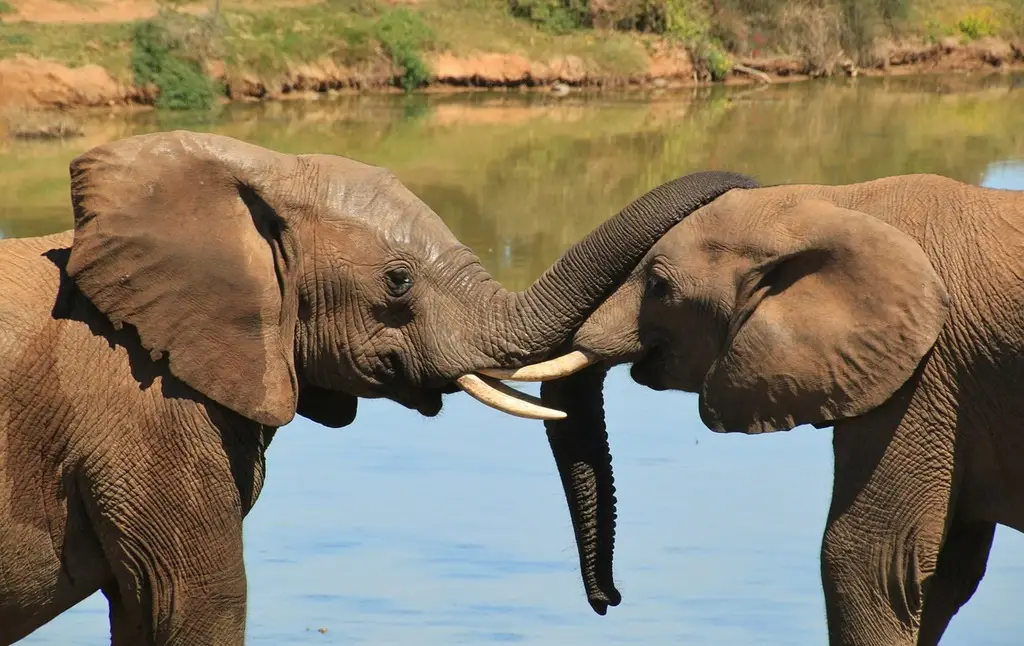
Elephants use infrasound—sounds below the range of human hearing—to communicate over vast distances. These deep rumbles can travel miles, allowing herds to stay connected even when spread across large areas. Scientists believe these rumbles convey information about everything from danger to social bonding, but the exact details of the “messages” remain unclear. Furthermore, elephants may use the ground to transmit vibrations, enhancing their ability to communicate over long distances. According to ScienceDaily, research has shown that these vibrations can be detected through their feet, but how elephants differentiate between different types of signals is not fully understood.
Some studies suggest that elephants even recognize the rumbles of specific individuals, akin to identifying a voice. Despite these discoveries, the subtle nuances of how elephants interpret these signals continue to elude researchers. Understanding this form of communication better could have profound implications for their conservation. It also raises questions about how other large mammals might use similar mechanisms. For now, the world of elephant communication remains a fascinating mystery.
2. Dolphin Signature Whistles
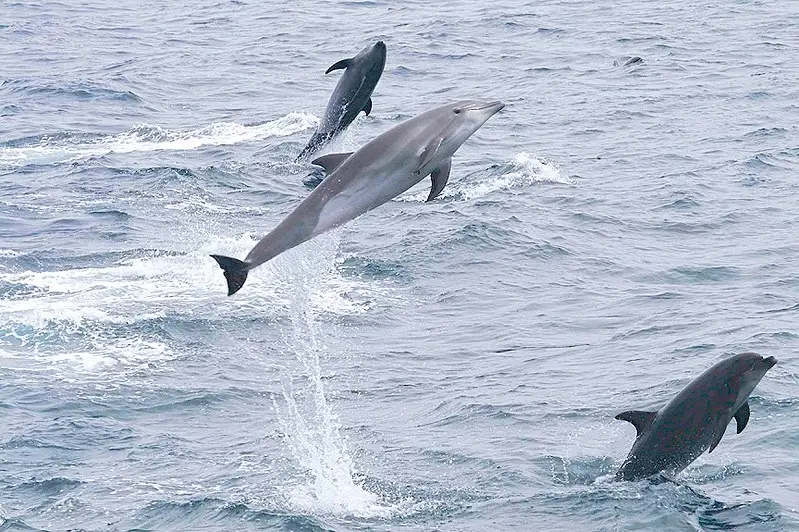
Dolphins have unique signature whistles akin to names, which they use to call each other. Each dolphin develops its own whistle early in life, and this becomes a hallmark of its identity. Scientists have discovered that dolphins can recognize and respond to the whistles of others, even after years of separation. This level of recognition suggests a highly sophisticated form of social memory, but how these whistles are created and maintained is still not fully understood. Dolphins also mimic the whistles of close companions or family members, adding another layer of complexity to their communication.
This imitation might serve to strengthen social bonds, though the exact purpose is still debated. In addition to whistles, dolphins use a range of clicks and other vocalizations that appear to convey additional information. According to National Geographic Kids, some researchers speculate that these sounds may form the basis of a “dolphin language.” However, translating this “language” remains a daunting task. The intricate nature of dolphin communication highlights the intelligence of these marine mammals and their deep social connections. It’s a reminder that the underwater world holds secrets we’ve barely begun to uncover.
3. Octopus Color Changes
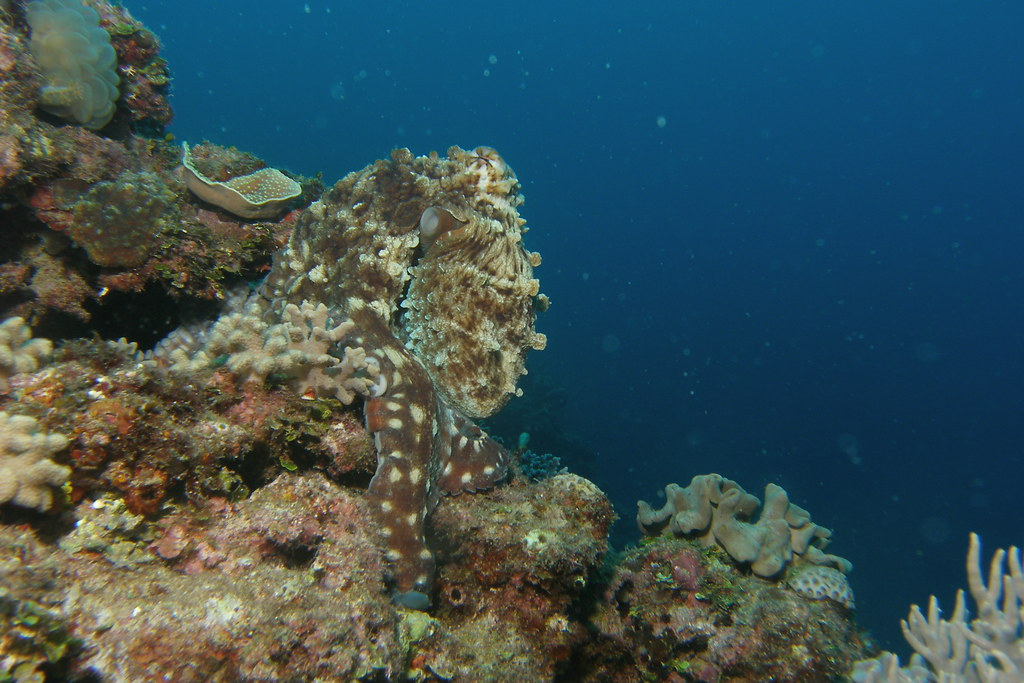
Octopuses use chromatophores in their skin to change color and create intricate patterns. These changes can signal mood, camouflage them from predators, or serve as a means of communication with other octopuses. However, the exact “vocabulary” of these patterns remains a mystery. Scientists have observed octopuses using specific color combinations during confrontations, courtship, and hunting. In some cases, they’ve even been seen flashing different patterns on either side of their bodies simultaneously, potentially communicating with multiple individuals at once.
This duality adds another layer of complexity to their communication system. According to the Smithsonian, octopuses are thought to use texture changes and body postures to complement their color signals. For example, they might puff up their bodies to appear larger during threats or flatten themselves against the ocean floor to hide. These behaviors suggest a rich and versatile mode of expression. Despite their solitary nature, octopuses appear to possess a nuanced way of “talking” to one another. Decoding this silent dialogue could reveal much about their intelligence and social behavior. It also underscores the incredible adaptability of these enigmatic creatures.
4. Humpback Whale Songs
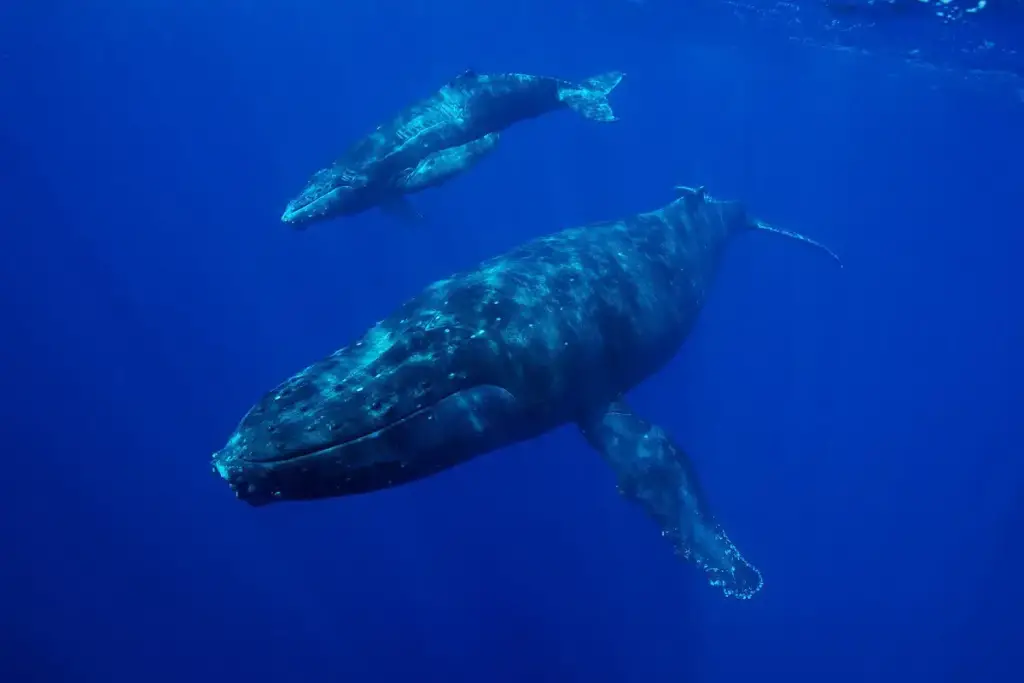
Male humpback whales produce elaborate songs that can last for hours. These songs often evolve over time, with new elements being added and old ones dropped, creating a dynamic “playlist.” Scientists believe the songs play a role in mating, but their exact purpose is still debated. According to BBC, some researchers think they might also serve as a way for males to establish dominance or mark territory. Interestingly, whales within the same population often sing the same song, but the melody gradually changes as new variations are introduced. How these changes spread across populations remains unclear, as does the reason for the constant evolution of the songs.
The complexity and structure of these vocalizations suggest a high level of cognitive ability. In some cases, whales have been observed responding to each other’s songs, hinting at a form of dialogue. However, interpreting these interactions has proven challenging for researchers. Understanding the meaning behind humpback whale songs could provide insights into their social structures and migratory behaviors. For now, these hauntingly beautiful melodies remain one of the ocean’s great mysteries.
5. Ant Chemical Signals
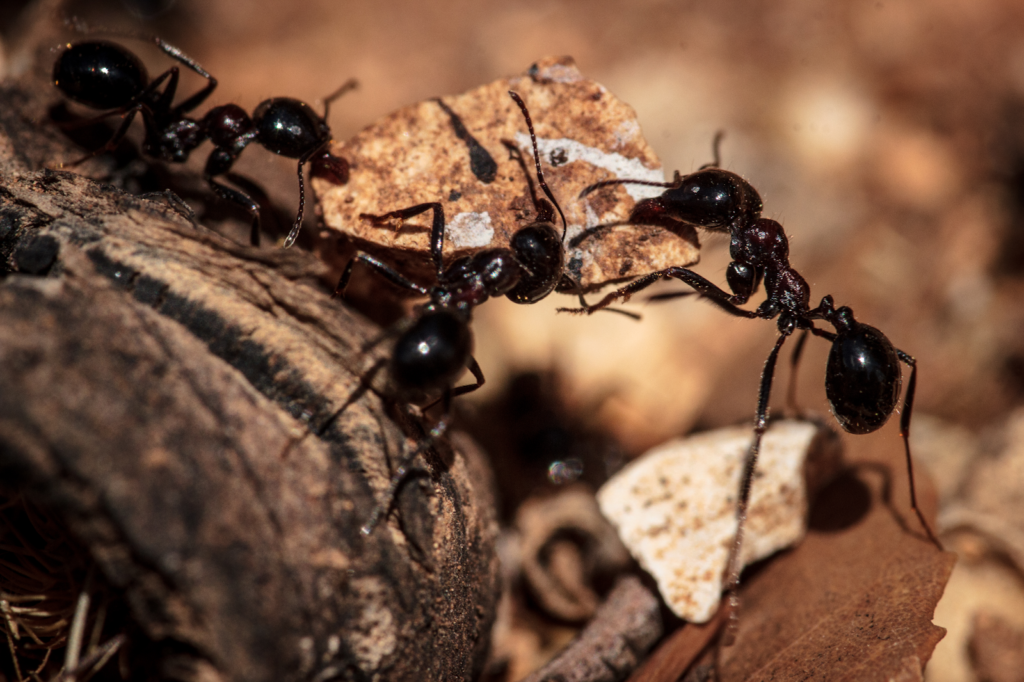
Ants rely on pheromones to navigate, signal danger, and coordinate tasks. These chemical signals form a complex communication network that enables entire colonies to function like a single organism. Ants can lay down pheromone trails to guide others to food sources, adjust the intensity of the signals based on the quality of the food, and even leave warning signals to alert others of danger. Despite extensive research, scientists have only scratched the surface of how these signals work. According to a study published in the Journal of Experimental Biology, ants appear to use different combinations of pheromones to convey nuanced messages, but decoding these combinations has proven difficult.
Additionally, ants can detect minute changes in the concentration of pheromones, allowing them to fine-tune their responses. Some species are even known to use “tandem running,” where one ant physically leads another to a location while maintaining a chemical connection. This level of coordination raises questions about the limits of their communication abilities. Understanding ant pheromones could have applications in robotics, pest control, and more. For now, these tiny insects continue to amaze scientists with their efficiency and sophistication.
6. Honeybee Waggle Dance
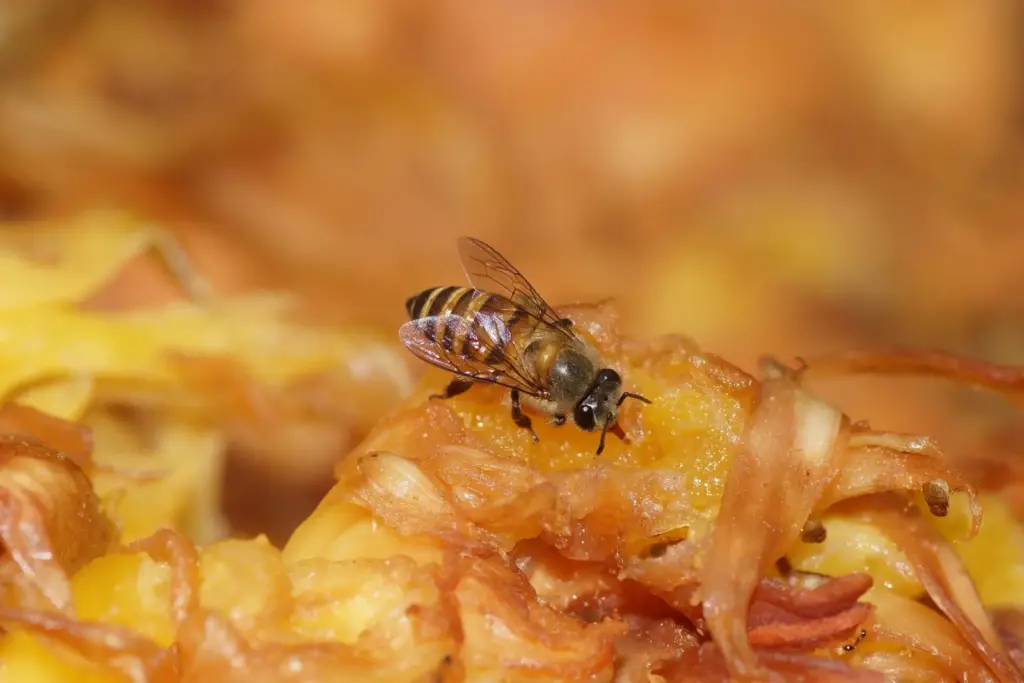
Honeybees perform a “waggle dance” to convey the location of food sources to their hive mates. The dance involves specific movements that indicate the direction and distance of the food relative to the hive. While the basic mechanics of the dance are understood, the precision with which bees interpret it remains a mystery. For example, bees can account for environmental factors like wind and landscape features when navigating based on the dance. This suggests a level of cognitive processing that is not yet fully explained.
Furthermore, bees sometimes perform “round dances,” which are less specific but still convey valuable information about nearby resources. Researchers have also observed variations in the waggle dance between different populations, hinting at regional “dialects.” How these dialects develop and influence bee behavior is still unclear. The dance is not just a form of communication but also a testament to the complex social structures of bee colonies. Understanding it better could help in efforts to protect these crucial pollinators. The waggle dance remains a vibrant example of nature’s ingenuity.
7. Raven Gestures

Ravens use their beaks and wings to point and gesture at objects, similar to how humans use hand signals. This behavior is particularly notable because it suggests a level of intentionality and awareness that is rare in animals. For example, ravens have been observed picking up objects and showing them to others, possibly to attract attention or initiate interaction. These gestures appear to play a role in social bonding, especially among mated pairs. Scientists are still exploring the full range of meanings behind these actions.
In addition to gestures, ravens are known for their vocal mimicry and problem-solving skills, adding to their reputation as one of the most intelligent bird species. Their ability to use tools and plan for the future further underscores their cognitive complexity. Understanding raven gestures could provide insights into the evolution of communication and intelligence in birds. It also challenges our assumptions about the uniqueness of human-like behaviors in the animal kingdom. Ravens remind us that intelligence comes in many forms, often more nuanced than we expect.
8. Frog Choruses
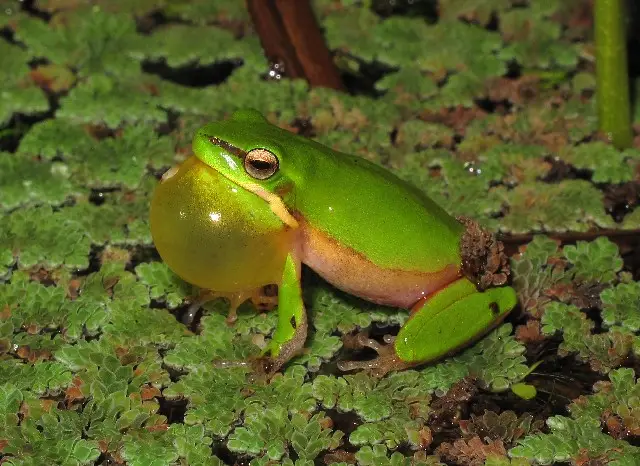
Frogs produce synchronized croaks that can be heard for miles, particularly during mating season. These choruses are highly organized, with individuals timing their calls to avoid overlap and create a harmonious sound. Scientists believe this synchronization helps amplify the group’s overall volume, making it easier to attract mates and deter predators. However, how frogs achieve such precise timing is not fully understood. Some studies suggest they may use visual cues or vibrations to coordinate their calls.
Additionally, different species of frogs have unique calls that prevent confusion during mixed-species gatherings. The ability to distinguish between calls is crucial for successful mating, but the mechanisms behind this recognition are still being studied. Frogs’ vocal abilities also vary depending on environmental conditions, such as temperature and humidity. This adaptability highlights their sensitivity to their surroundings. Decoding the intricacies of frog choruses could reveal much about acoustic communication in nature. It’s a reminder of the incredible diversity of life in wetlands and forests.
9. Cat Purring

Cats purr for various reasons, from contentment to distress. The exact mechanism that produces the purring sound involves the rapid contraction and relaxation of the laryngeal muscles. However, why cats purr in such diverse situations remains a mystery. Some researchers believe that purring serves as a form of self-soothing or pain relief. Studies have also shown that the frequency of a cat’s purr may promote healing in bones and tissues, raising intriguing questions about its potential therapeutic benefits. Cats are known to purr when they’re close to humans, suggesting it may also play a role in strengthening bonds. Interestingly, wild cats and even some other animals, like raccoons, exhibit similar behavior.
This raises questions about the evolutionary origins of purring. Understanding why and how cats purr could provide new insights into feline behavior and health. It also highlights the deep connection between humans and these enigmatic animals. The soothing sound of a purr continues to captivate and comfort us, even as its secrets remain elusive.
10. Firefly Light Signals
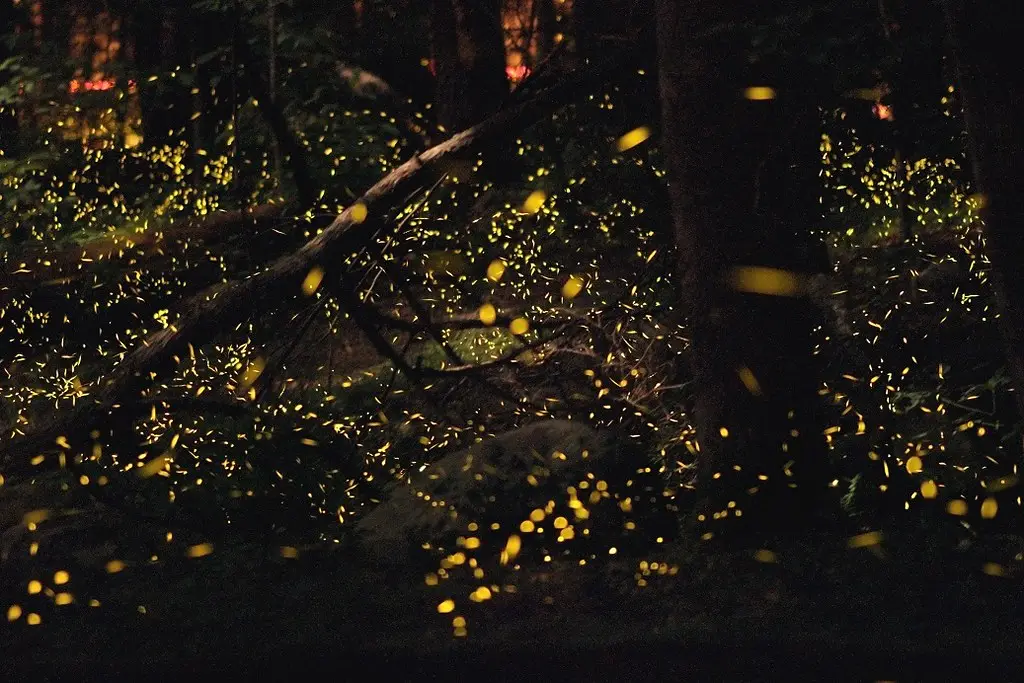
Fireflies use bioluminescence to communicate during mating displays. Each species has a distinct flashing pattern, which males use to attract females. These patterns can be incredibly complex, with some species even engaging in “duets” where males and females synchronize their flashes. Scientists are still unraveling how fireflies recognize and interpret these patterns, especially in environments where multiple species coexist.
Additionally, some fireflies use their flashing signals to deceive predators or competitors, adding another layer of complexity to their communication. The bioluminescent chemicals involved in producing the light are well understood, but the neural mechanisms that control the flashing patterns remain a mystery. Environmental factors like light pollution can interfere with firefly communication, raising concerns about their conservation. Understanding the nuances of their signaling could help protect these enchanting insects. Firefly light signals are a glowing example of the wonders of nature. They remind us of the delicate balance between biology and environment.
11. Platypus Electroreception
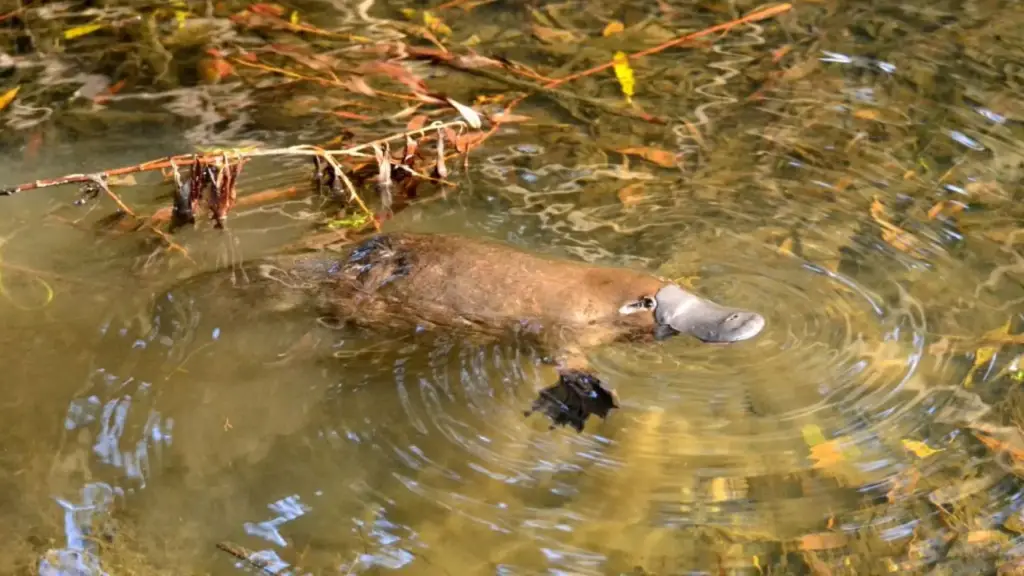
Platypuses can detect electrical signals emitted by prey underwater. This ability, known as electroreception, is unique among mammals and involves specialized receptors in their bills. Scientists believe that platypuses use this sense to hunt in murky waters where visibility is low. However, how they integrate this information with other senses, like touch and movement, remains unclear. Electroreception might also play a role in communication, though this theory is still speculative. Some researchers have proposed that platypuses could use electrical signals to identify each other or convey information about their environment.
The evolution of this remarkable sense raises questions about how other animals might use similar mechanisms. Understanding platypus electroreception could shed light on the broader topic of sensory adaptation in animals. It’s yet another reminder of the unique and often surprising ways that nature evolves solutions to environmental challenges. For now, the platypus’s secretive underwater world continues to intrigue scientists and animal lovers alike.


